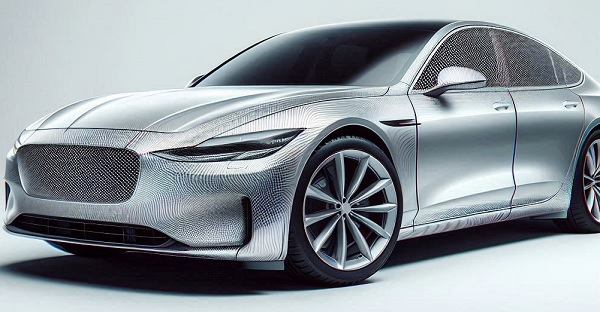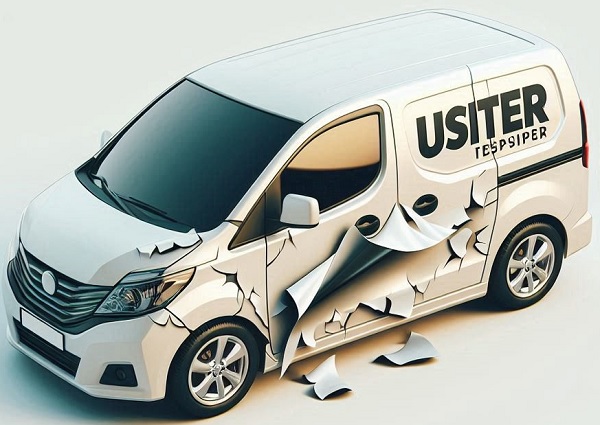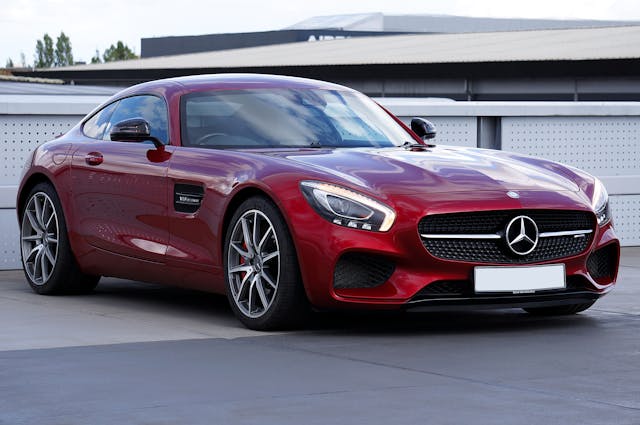Is PPF Visible Once Applied?
In most cases, high-quality PPF applied by professionals is barely noticeable, blending seamlessly with your car’s paint. Proper installation and maintenance are key to ensuring that PPF remains invisible and continues to protect your vehicle without detracting from its appearance. While some visibility may occur at the edges or over time if not cared for, a well-applied film is designed to offer nearly invisible protection for years to come.
Paint Protection Film (PPF) is designed to be as discreet as possible while offering superior protection to your car’s paint. However, many car owners wonder: Is PPF visible on the car once it’s applied? The answer depends on several factors, such as the quality of the film, installation, and maintenance. Let’s break down the visibility of PPF and what you can expect after it’s installed.
1. High-Quality PPF Is Nearly Invisible

Modern, high-quality PPF is engineered to be virtually invisible once applied. These films are made from advanced materials like thermoplastic urethane, which is clear and flexible, allowing it to conform tightly to the contours of the car’s surface. When applied by professionals, the film blends seamlessly with the vehicle’s paint, making it difficult to notice unless you look closely.
2. Proper Installation Reduces Visibility
The installation process plays a major role in how visible PPF is on your car. Expert installers use precise cutting techniques to ensure that the film fits perfectly over complex areas like curves, edges, and corners. If the edges are tucked and trimmed correctly, and air bubbles are properly removed, the PPF will be almost undetectable. Poor installation, on the other hand, can lead to visible seams, bubbles, or wrinkles, making the film more noticeable.
3. Matte vs. Glossy Finish
Depending on the type of PPF you choose, the finish may affect visibility:
- Glossy PPF enhances the existing shine of your car’s paint, making it look even more polished without changing the original color or texture. In most cases, glossy PPF is extremely hard to see.
- Matte PPF, on the other hand, can change the appearance of a glossy car by giving it a satin or matte finish. While it’s designed to be noticeable, it provides a unique look while still offering protection.
4. Visible Edges and Seams
Although PPF is designed to be clear, edges and seams may be slightly visible if you look closely. Professional installers minimize this by tucking the edges into hidden areas, such as around panel gaps or under trim, to reduce the visibility of seams. However, on cars with complex designs or intricate details, some edges may remain exposed.
5. Older PPF May Become Visible Over Time

While PPF starts off almost invisible, low-quality films or poor maintenance can lead to visible issues over time. For example:
- Yellowing: Exposure to UV rays or environmental pollutants can cause some films to yellow, making the PPF more noticeable against lighter-colored cars.
- Peeling or Lifting: If not maintained or applied properly, PPF can start to peel at the edges, making it visibly stand out.
- Scratches or Stains: Poor-quality PPF may scratch or stain more easily, detracting from the overall look of the vehicle.
6. Self-Healing Properties
One of the features of modern PPF is its self-healing ability. When minor scratches occur, the film can heal itself when exposed to heat, keeping it smooth and reducing any visible damage. This feature helps maintain the invisible appearance of the film over time.

